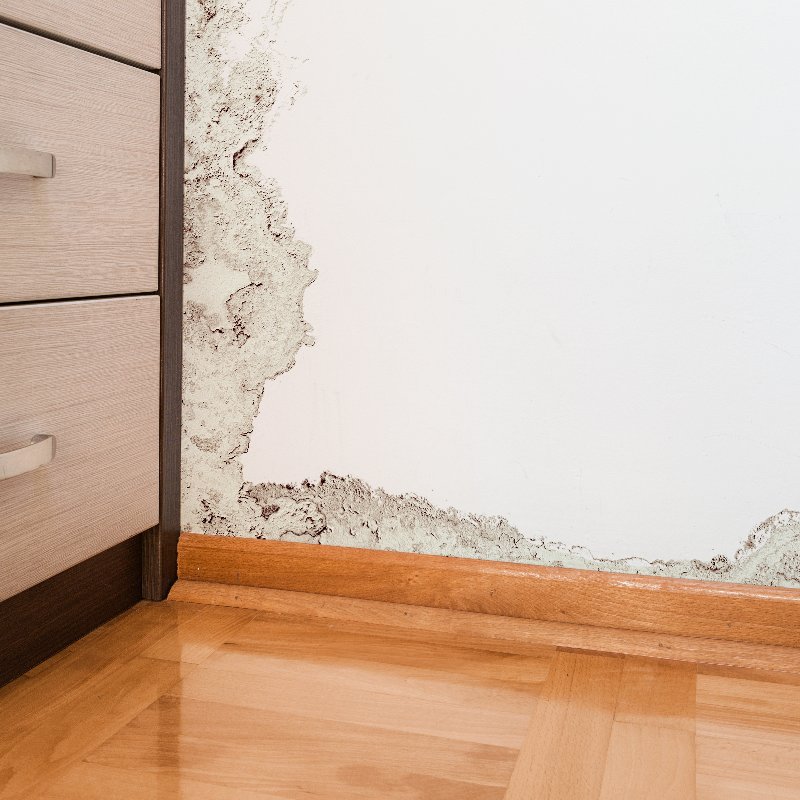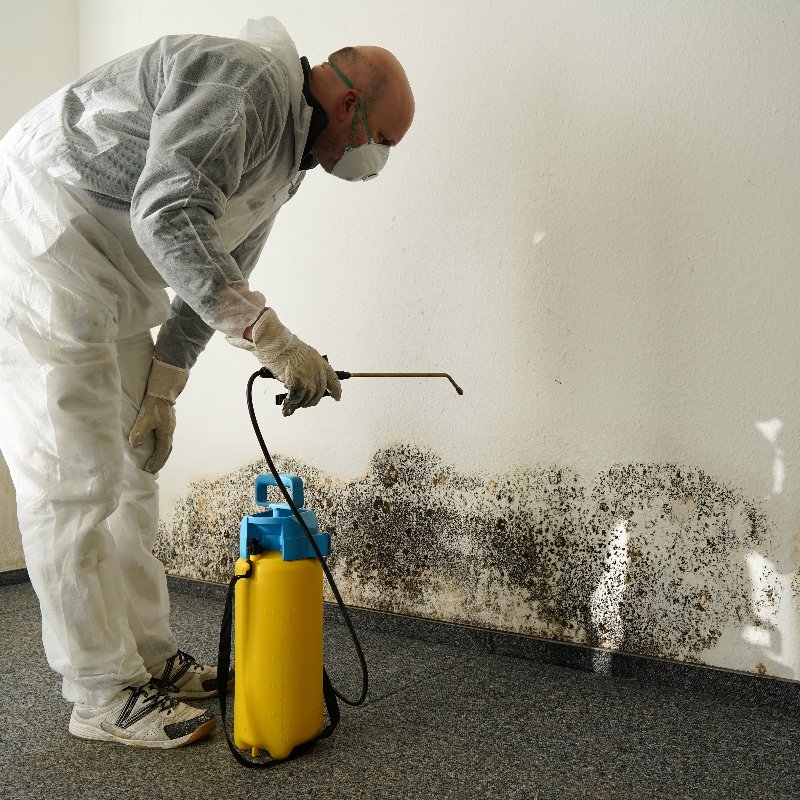
Protecting Your Home From Mold
Living around the Palm Beach, Florida area, it can be humid. Not only does that make the weather hotter, but it creates moisture, and with moisture comes mildew and mold. Across the country, there was an epic of mold growth in homes. Steps were taken in the construction industry to build homes where there wouldn’t be as big of an issue, and there have been improvements in the mold removal process in recent years.
Is it okay to continue living in a house with mold?
Is mold dangerous to your health? Mold is sneaky and will thrive in dark, moist areas. So, that would mean it isn’t a problem, right? Unfortunately, just because you don’t see it doesn’t mean it’s okay to live with. When excess moisture settles into a porous material, like drywall, it becomes a big issue. Not only is mold removal needed but finding the source of what is causing it and fixing it is needed.
Mold is classified as a fungus and will develop and spread with its kingdom of other fungi. The spores of bacteria, mold, mushrooms, and others can cause the following problems when a mold issue isn’t addressed, like mold removal:
- Respiratory tract symptoms such as coughing, swelling throat, and whizzing.
- Asthmatic persons or those with allergies are at a higher risk.
- Anyone with hypersensitivity pneumonitis becomes prone to an immune condition.
Where is mold usually found?
Black mold isn’t the most common, but it is the most dangerous. It is found in areas that are dark and undisturbed. This can include:
- Shower stalls
- Behind walls
- Attics
- Crawlspaces
- Basements
- Under staircases
What does mold infestation look like?
There are several types of mold found in houses, but the most common that has the most request for mold removal are:
- Aspergillus
- Cladosporium
- Stachybotrys atra, aka, Black Mold
Other types of molds found in a home are:
- Alternaria
- Aureobasidium
- Stachybotrys chartarum
- Trichoderma.
How can you tell if your house has mold?
1. A Rotten Odor: If you’re smelling a damp, musty odor, it could be due to MVOCs (mold volatile organic compounds), you need to investigate getting a mold removal service.
2. Spotted Clothing: If you’re noticing black or white spots on your clothing, this could be mold, indicating you may have a mold issue in your closet or under the house. Hiring a professional mold removal service can determine this and advise the treatment.
3. Contaminated Carpets: Carpeting and area rugs are notorious for holding and breeding mold, which keeps spreading throughout your home. If you’re noticing any odor, spots, or stains on the carpeting or rugs, have them cleaned or removed, and then get an inspection for mold removal possibilities.
4. Water Heater Closet: Areas that are moist are prone to have mold, like the water heater closet. Keep a watch on this specific area and as soon as you notice any mold, find a mold removal process immediately before it spreads any further.
5. Allergies or Asthma: Mold is a harmful substance that triggers respiratory issues. This can include persistent coughing or recurring illnesses like bronchitis and pneumonia. If anyone in your home is experiencing these issues, you should have a mold removal inspection performed.
Other assorted issues that mold can cause if fungus in your furniture, warped walls, and if you’ve changed your HVAC filters and still smell mold, have your home quoted for mold removal service.
What are some health signs you might have mold in your house?
Inhaling mold spores can result in experiencing the following symptoms:
- Chest and/or nasal congestion
- Coughing and/or wheezing
- Headaches
- Irritated eyes
- Irrigated lungs
- Runny nose
- Skin rashes
- Sneezing
- Sore throat
Even touch mold can result in a person experiencing these issues, and for most, it is a non-emergency issue. A person that has asthma or other respiratory issues may need urgent medical attention.
Does DIY mold removal work?
It’s a common belief that bleach is an ideal mold removal product. However, it can also harm you and it isn’t a true mold removal, it just turns it grey or white. It will return. For DIY mold removal, experts and specialists recommend using borax, available at your local grocery store. Simply mix it with one gallon of hot water and apply to the area then scrub with a brush until the mold is gone. Other safe products for cleaning mold in small areas are baking soda, detergent, hydrogen peroxide, Tea tree oil, and vinegar.

At The End of The Day
Will mold go away on its own? No, it will not. You can stop the constant moisture where the mold is located, like tightening plumbing, replacing the water heater, etc., and the mold will become inactive. For the mold to be completely gone, you must do a complete mold removal process, or it will simply return.

